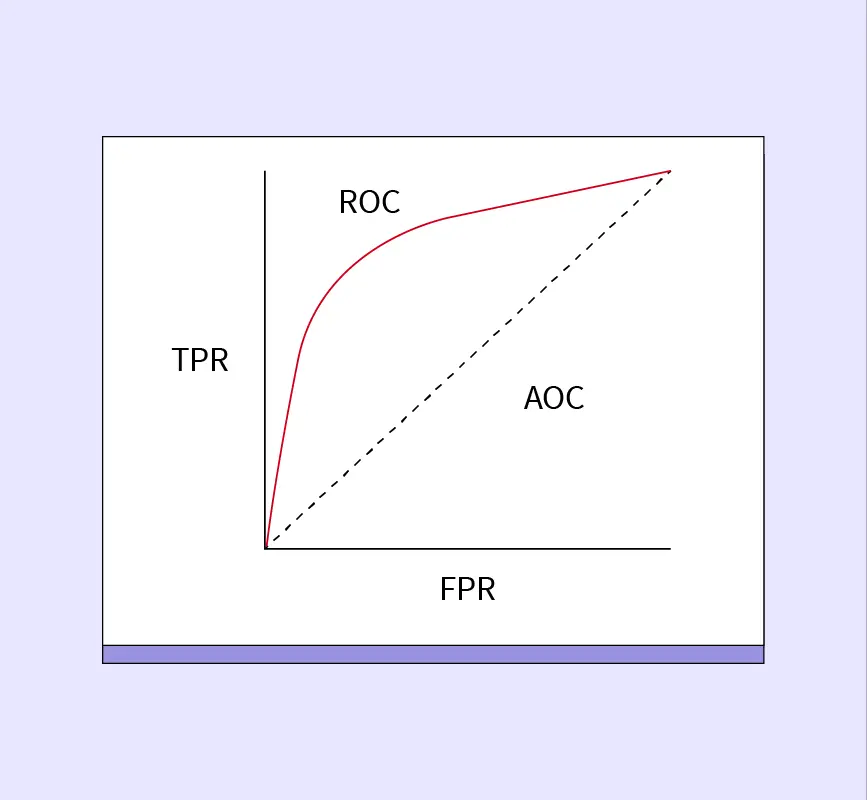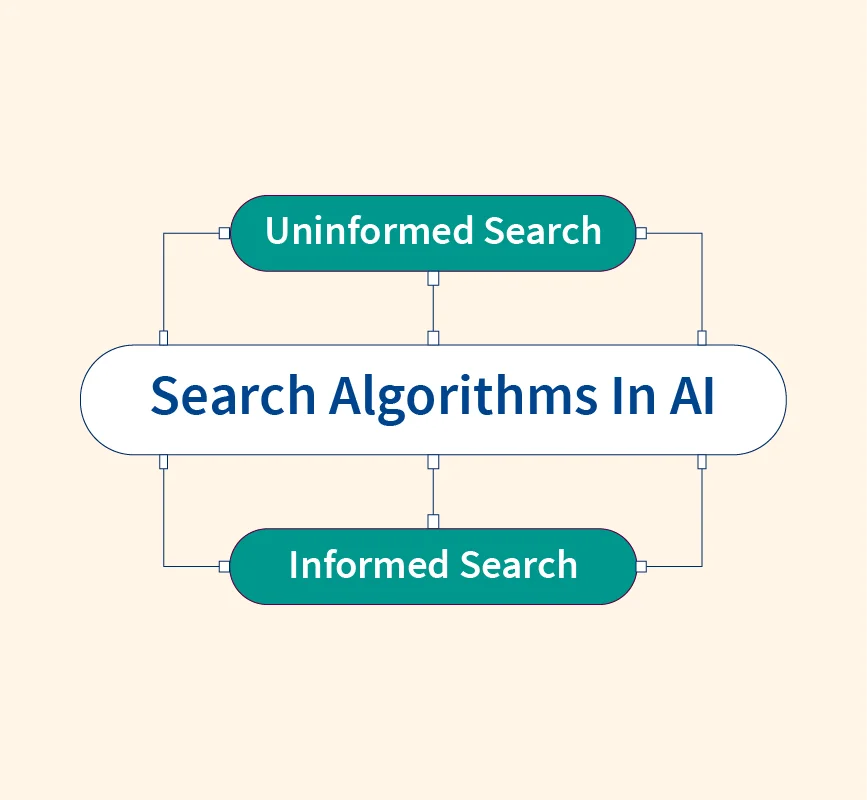The rise of NoSQL databases marked a pivotal shift in how modern applications store, manage, and retrieve data. Unlike traditional relational databases (RDBMS) that rely heavily on structured schemas and SQL queries, NoSQL systems offer greater flexibility, scalability, and speed. They emerged to meet the evolving needs of applications handling big data, real-time analytics, IoT, and mobile ecosystems, where rigid tabular models became bottlenecks. Today, NoSQL databases power a wide range of systems—from social media platforms and online gaming to sensor networks and personalized recommendation engines. As businesses generate massive volumes of semi-structured and unstructured data, NoSQL provides the agile and efficient framework necessary for success. This guide explores what NoSQL databases are, their types, core features, advantages, limitations, and when choosing NoSQL is the best strategic decision.
What is a NoSQL Database?
A NoSQL database is a non-relational data storage system designed to store and retrieve large volumes of unstructured, semi-structured, or structured data. Unlike relational databases, NoSQL systems do not rely on fixed table schemas or SQL-based querying. Instead, they provide flexible models—allowing developers to adapt to evolving data requirements without the need for complex migrations or rigid structures.
The core characteristics of NoSQL databases include:
- Flexibility: Data can be stored in formats like documents, key-value pairs, graphs, or wide-column stores, adapting easily to application needs.
- Scalability: They are inherently designed for horizontal scaling, enabling distributed data across multiple servers or cloud nodes.
- Schema-less Design: NoSQL databases allow for dynamic schema definitions, meaning fields can vary between records without breaking the system.
Although often interpreted as “No SQL,” the term NoSQL has evolved to mean “Not Only SQL.” This acknowledges that many NoSQL databases now support a blend of query languages, including SQL-like syntax, to accommodate broader use cases.
Types of NoSQL Databases
NoSQL databases are categorized based on how they store and manage data. Each type offers unique strengths for specific application needs.
1. Document-Oriented Databases
Document databases store data in JSON, BSON, or XML formats, with each document representing a record. They allow nested structures and dynamic fields.
Examples: MongoDB, CouchDB
When to Use: Ideal for content management systems, user profiles, and e-commerce catalogs where data structures may vary across records.
2. Key-Value Stores
Key-value databases store data as a simple pair of a unique key and its associated value, providing ultra-fast access.
Examples: Redis, DynamoDB
When to Use: Perfect for caching, session management, and real-time recommendation engines where speed and simplicity are critical.
3. Wide-Column Stores
These databases organize data into columns and rows, but unlike relational tables, columns can vary by row and are grouped into families.
Examples: Apache Cassandra, HBase
When to Use: Best suited for IoT telemetry, time-series data, and large-scale analytical applications needing rapid write/read operations.
4. Graph Databases
Graph databases use nodes, edges, and properties to represent and store data relationships naturally. They excel in managing highly interconnected data.
Examples: Neo4j, Amazon Neptune
When to Use: Optimal for social networks, fraud detection, recommendation engines, and network mapping.
5. Multi-Model Databases
Multi-model databases support multiple data models—document, key-value, graph, and others—within a single engine, offering flexibility across use cases.
Examples: ArangoDB, OrientDB
When to Use: Suitable when an application requires handling diverse data types without integrating multiple separate databases.
Key Features of NoSQL Databases
NoSQL databases are built to address the limitations of traditional relational systems when handling modern application demands. Their core features include:
- High Scalability (Horizontal Scaling): NoSQL databases are designed for horizontal scalability, allowing data to be distributed across multiple servers or cloud instances. Adding more nodes increases capacity and performance seamlessly without major architectural changes.
- Flexible Schema Model: Unlike rigid relational tables, NoSQL databases offer schema-less designs, enabling storage of varied and evolving data structures without downtime or costly migrations. This is ideal for agile development and rapidly changing business requirements.
- Distributed Architecture: Most NoSQL systems operate in a distributed manner, ensuring high availability, fault tolerance, and geographically dispersed access to data, even during network failures or system upgrades.
- High Performance for Large Datasets: By optimizing storage and retrieval operations based on the specific data model (documents, key-values, graphs, etc.), NoSQL databases deliver low latency and high throughput, even with massive and diverse datasets.
- BASE Compliance vs. ACID Compliance: Traditional databases emphasize ACID (Atomicity, Consistency, Isolation, Durability) properties, ensuring strict transactional integrity. NoSQL databases often follow BASE (Basically Available, Soft state, Eventual consistency) principles, prioritizing availability and partition tolerance over immediate consistency, making them better suited for distributed, high-scale environments.
Brief History and Evolution of NoSQL
The early 2000s marked the beginning of NoSQL’s rise, fueled by the explosion of Big Data and Web 2.0 applications. Companies like Google, Amazon, and Facebook faced unprecedented data volumes, velocity, and variety that traditional relational databases struggled to manage efficiently.
Important milestones in NoSQL history include:
- Google’s Bigtable (2004): A highly scalable, distributed storage system inspiring later NoSQL models.
- Amazon’s Dynamo (2007): Introduced the key-value store approach for massive e-commerce scalability.
- Cassandra and CouchDB (2008): Open-source NoSQL databases providing new data models for cloud-native apps.
- MongoDB (2009): Popularized document-oriented storage for flexible, developer-friendly database design.
Traditional SQL databases prioritized strict schema enforcement, vertical scaling, and ACID transactions, which couldn’t adapt easily to dynamic, distributed, and high-traffic environments. NoSQL databases emerged to solve these challenges with flexibility, horizontal scaling, and eventual consistency, revolutionizing data storage in the digital era.
SQL vs. NoSQL: A Detailed Comparison
| Aspect | SQL Databases | NoSQL Databases |
| Data Modeling | Use structured tables with rows and columns. Data is normalized into related tables. | Use flexible structures like documents, key-value pairs, wide-columns, or graphs. |
| Schema Flexibility | Require a predefined schema. Altering schemas involves migrations and downtime. | Schema-less designs allow adding new fields or changing data types without downtime. |
| Query Language | Use Structured Query Language (SQL) for data retrieval and manipulation. | Use a variety of query approaches: JSON queries (MongoDB), Gremlin (Neo4j), or API calls. |
| Scalability | Primarily scale vertically by upgrading hardware (CPU, RAM, storage). | Designed for horizontal scaling by distributing data across multiple servers. |
| Handling Relationships | Excellent support through joins, foreign keys, and normalization techniques. | Limited support; relationships are usually embedded or referenced within documents or nodes. |
| Transaction Management | Provide strong transactional integrity (ACID properties). | Rely on BASE principles—focus on high availability and eventual consistency instead of strict ACID compliance. |
| Performance and Speed | Optimized for complex, multi-table queries and heavy transactional systems. | Optimized for fast, simple operations at massive scale; excels in distributed and real-time scenarios. |
| Consistency Models | Ensure immediate consistency after each transaction. | Typically follow eventual consistency; some NoSQL systems allow tunable consistency levels. |
Both SQL and NoSQL databases have their ideal use cases. SQL is typically chosen when strong consistency, complex transactions, and relational integrity are required. In contrast, NoSQL excels in environments demanding flexibility, massive scale, high throughput, and rapid development cycles, especially when dealing with unstructured or evolving data types.
Advantages of NoSQL Databases
NoSQL databases offer several compelling advantages that make them the preferred choice for many modern applications:
- Supports Large Volumes of Diverse Data: NoSQL databases easily handle structured, semi-structured, and unstructured data such as JSON documents, images, videos, and sensor logs. This flexibility allows organizations to ingest data from various sources without rigid format constraints.
- Highly Scalable: Built for horizontal scaling, NoSQL databases distribute data across multiple servers, enabling organizations to add nodes as data and user demands grow. This makes them ideal for handling petabytes of information without performance degradation.
- Better Suited for Modern Applications: NoSQL databases align perfectly with today’s needs for IoT networks, mobile applications, personalized content delivery, and real-time analytics. Their ability to process data with low latency and adapt to changing data structures makes them a natural fit for cloud-native, microservices-based, and distributed architectures.
Disadvantages of NoSQL Databases
While NoSQL databases offer flexibility and scalability, they come with notable challenges:
- Lack of Standardization: Unlike SQL, there is no universal query language or standardized model across NoSQL databases, making cross-system integration and developer onboarding more complex.
- Potential for Data Duplication: In document and key-value stores, denormalization is common to optimize speed, which can lead to data redundancy, increased storage costs, and difficulty maintaining data consistency across records.
- Challenges with Complex Querying: Performing complex joins, multi-table transactions, or deeply relational queries can be cumbersome or even unsupported, making NoSQL less ideal for systems requiring intricate relational logic.
When Should You Use NoSQL?
Choosing NoSQL over traditional RDBMS makes sense in scenarios where flexibility, scalability, and rapid development are priorities. NoSQL databases are ideal when:
- Data Structures Are Dynamic: Applications that deal with evolving or semi-structured data, like user-generated content or IoT sensor feeds, benefit from schema-less flexibility.
- Massive Data Volume and High Velocity: When dealing with big data, such as millions of transactions or social media posts per second, NoSQL’s distributed nature handles scaling seamlessly.
- Real-Time Analytics: For platforms requiring instant insights, like fraud detection systems or operational dashboards, NoSQL provides low-latency data processing.
- Recommendation Systems: E-commerce platforms and streaming services leverage NoSQL for real-time personalization based on user behavior.
- IoT and Mobile Applications: IoT ecosystems and mobile apps often generate diverse, fast-moving data that fits NoSQL models better than rigid relational schemas.
Popular NoSQL Databases and Their Use Cases
Several NoSQL databases have emerged as leaders, each optimized for specific scenarios:
- MongoDB: A document-oriented database ideal for content management systems, e-commerce catalogs, and user profiles. Its flexibility in handling semi-structured data makes it a favorite for rapidly evolving applications.
- Apache Cassandra: A wide-column store designed for high availability and fault tolerance. It is widely used in IoT ecosystems for storing massive volumes of time-series sensor data across globally distributed nodes.
- Neo4j: A leading graph database optimized for social network analysis, fraud detection, and recommendation engines. Neo4j efficiently maps relationships and traverses complex networks in milliseconds.
- Redis: An in-memory key-value store famous for caching, real-time leaderboards, session management, and queue systems. Its ultra-low latency makes Redis ideal for high-speed transactional environments.
Each NoSQL option offers tailored strengths for different modern application demands.
Common Misconceptions about NoSQL Databases
1. NoSQL Databases Don’t Support ACID Transactions
While early NoSQL systems prioritized availability over strict consistency, many modern NoSQL databases, like MongoDB and Cassandra, now support multi-document ACID transactions. This enables reliable, atomic operations similar to traditional relational databases when needed, bridging the gap between scalability and transactional integrity.
2. NoSQL Can’t Handle Relational Data
NoSQL is not limited to flat or unrelated data. Graph databases like Neo4j specialize in relationship-heavy use cases, while document databases such as MongoDB allow for embedded documents to model complex nested relationships naturally—providing relational capabilities without rigid schemas or performance penalties.
Conclusion
NoSQL databases have revolutionized the way modern systems store and manage data by offering flexibility, scalability, and high performance for diverse and rapidly changing datasets. Unlike traditional RDBMS, they accommodate unstructured and semi-structured information while enabling horizontal scaling and real-time processing.
Choosing NoSQL is the right decision when applications demand dynamic data models, massive scalability, high-speed access, or geographically distributed architectures—such as in IoT networks, mobile apps, real-time analytics, and personalized recommendation systems. As the digital landscape continues to evolve, understanding when and how to leverage NoSQL technologies becomes crucial for building future-ready solutions.
Read More:
Reference:


